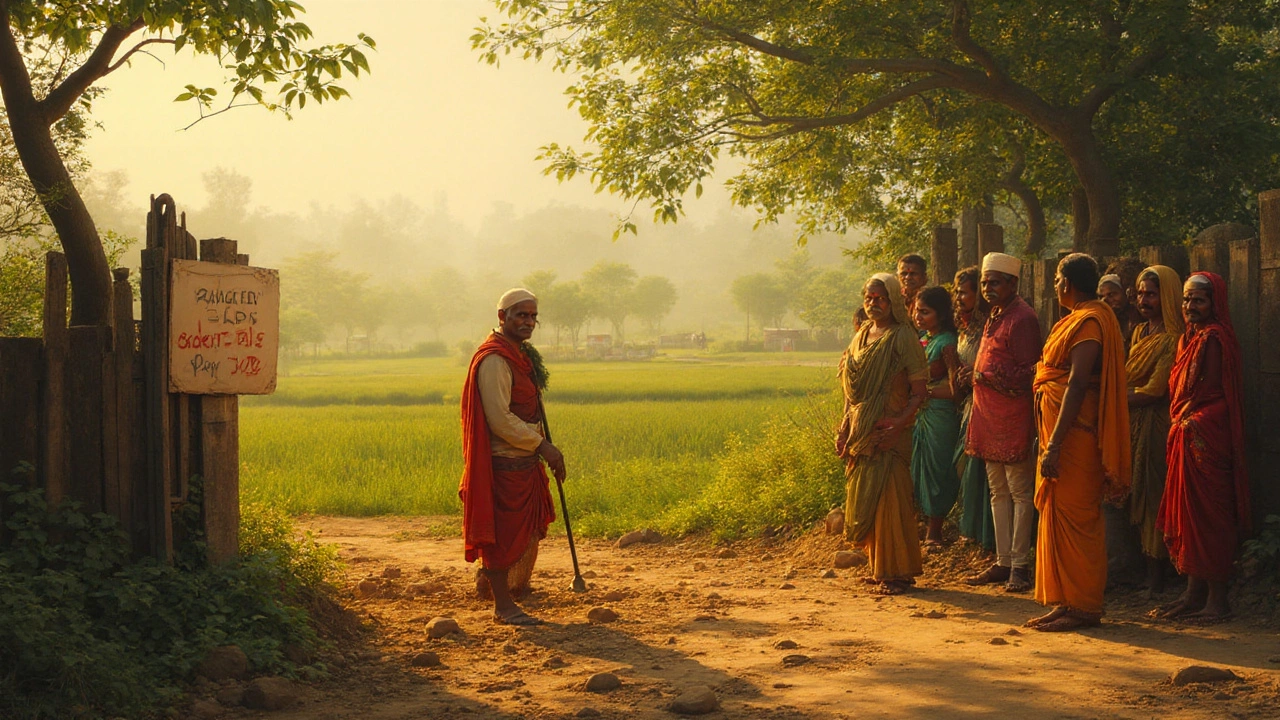Understanding the 12 Year Land Rule in India
The 12 year land rule is a part of Indian property law that lets a person who has occupied a piece of land continuously for twelve years claim legal ownership. It’s often called "adverse possession" and shows up in disputes over farmland, vacant plots, and even urban property. If you’ve been using land for a long time, you might wonder whether you can turn that use into a legal title.
In simple terms, the rule says that if someone occupies land openly, peaceably, without permission from the owner, and does so for twelve straight years, the law may recognize that person as the new owner. The key is that the possession must be continuous and obvious – the real owner can’t be tricked into thinking the land is abandoned.
Who Can Claim the Land?
Anyone who meets the criteria can make a claim: a farmer who has cultivated a plot, a tenant who has lived in a house for years, or a neighbor who has maintained a vacant plot. However, the claim isn’t automatic. You need to prove three things:
- Continuous possession: No breaks in your use of the land for the full twelve years.
- Open and notorious possession: The owner and the public could see that you were using the land.
- Peaceful possession: You didn’t use force or threats to stay on the land.
If you can show these facts, you can file a suit in the civil court asking the judge to recognize you as the owner.
Steps to Secure Your Rights
First, gather evidence. Old utility bills, tax receipts, photographs, or witness statements that prove you’ve been there for twelve years are gold. Next, check the land records at the local revenue office. If the record still shows the original owner, you’ll need a court order to change it.
When you’re ready, file a plaint (the legal petition) in the appropriate district court. The court will notify the current owner, who can either contest your claim or agree to settle. If the owner does nothing, the court may issue a declaration of ownership in your favor after reviewing the evidence.
Remember, the process can take months or even years, depending on the court’s backlog. Patience and solid documentation are your best allies.
Sometimes, people try to bypass the law by selling the land before the twelve-year period ends. That’s risky – the buyer could later lose the property if the original owner challenges the sale. It’s safer to wait until the claim is settled before transferring any title.
Most importantly, don’t ignore the rule if you’re a landowner. If you see someone using your land for a long time, you can stop the adverse possession by entering the property, sending a notice, or filing a suit to reclaim it. Acting early stops the twelve-year clock from running.
To sum up, the 12 year land rule can turn long‑term, open use into legal ownership, but only if you meet the legal requirements and follow the court process. Keep records, stay proactive, and don’t hesitate to consult a property lawyer if you’re unsure about any step.

12 Year Land Rule in India: Law, Adverse Possession & Property Rights Guide
Find out how India's 12 year land rule lets you claim land through adverse possession, key facts, and tips to protect property rights.